- Prepare the Required Materials
- Soak the Peat Tablets
- Sow the Lobelia Seeds
- Moisten the Peat Tablets
- Provide Adequate Light
- Monitor the Seedlings’ Growth
- Harden Off the Seedlings
- Step 1: Timing
- Step 2: Gradual Exposure
- Step 3: Protect from Extreme Weather
- Step 4: Watering
- Step 5: Gradual Transplanting
- Step 6: Transplanting Process
- Transplant the Seedlings
- Questions and Answers:
- What are peat tablets?
- How long does it take for Lobelia seeds to germinate in peat tablets?
- Can Lobelia seedlings be directly sown in the garden instead of using peat tablets?
- Can I reuse peat tablets for sowing seeds in the future?
- Videos: How to sow & grow Lobelia seeds part 1
Are you ready to start your gardening journey and grow beautiful lobelia flowers from seed? Sowing lobelia on seedlings in peat tablets is a simple and efficient way to get a head start on your garden. With just a few materials and some basic steps, you’ll be on your way to enjoying the vibrant colors and delicate blooms of lobelia in no time.
Lobelia is a popular flower that adds a splash of color to any garden or landscape. Whether you’re looking to fill your flower beds, containers, or hanging baskets, lobelia is a versatile plant that thrives in both sun and partial shade. By starting your lobelia from seed, you have the opportunity to choose from a wide variety of colors and cultivars, ensuring that you’ll find the perfect match for your garden.
One of the easiest and most effective ways to start lobelia from seed is by using peat tablets, also known as seed starter discs. These compressed soil discs provide a convenient and sterile environment for your seeds to germinate and grow. Not only do peat tablets help to retain moisture, but they also eliminate the need for messy soil and pots, making the process clean and hassle-free. Plus, they can be easily transplanted into larger pots or directly into the ground once the seedlings are ready.
Ready to get started? Follow our step-by-step guide below to sow lobelia on seedlings in peat tablets and watch your garden come alive with the vibrant colors of lobelia!
Prepare the Required Materials
- Peat tablets or pots
- Lobelia flower seeds
- Seed tray or plastic container with drainage holes
- Clear plastic cover or plastic wrap
- Spray bottle or watering can
- Seed starting mix or potting soil
- Water
- Plant labels or markers
- Permanent marker
- Gardening gloves (optional)
Before starting the sowing process, it is important to gather all the necessary materials to ensure a smooth and efficient planting experience. Make sure you have peat tablets or pots, as they provide an ideal growing environment for lobelia seedlings.
Next, ensure you have high-quality lobelia flower seeds. It is recommended to purchase fresh seeds from a reputable supplier to improve germination success.
Prepare a seed tray or plastic container with drainage holes to support the peat tablets or pots. This will allow excess water to drain and prevent waterlogged conditions that could hinder seedling development.
A clear plastic cover or plastic wrap can be used to create a greenhouse-like environment, promoting moisture retention and speeding up germination. This can be especially helpful if you live in a dry or arid climate.
A spray bottle or watering can will be essential for watering the seeds and maintaining proper moisture levels throughout the germination process.
Seed starting mix or potting soil should be available to fill the peat tablets or pots. These growing mediums provide good drainage and nutrient availability for the growing seedlings.
Water, of course, will be necessary to moisten the growing medium and facilitate seed germination.
Plant labels or markers and a permanent marker are useful for labeling and identifying each tray or pot. This will help keep track of different varieties and planting dates.
Gardening gloves are optional, but they can protect your hands from getting dirty or injured while handling the materials.
By preparing all these materials in advance, you will be ready to start sowing lobelia seeds on seedlings in peat tablets with ease and efficiency.
Soak the Peat Tablets
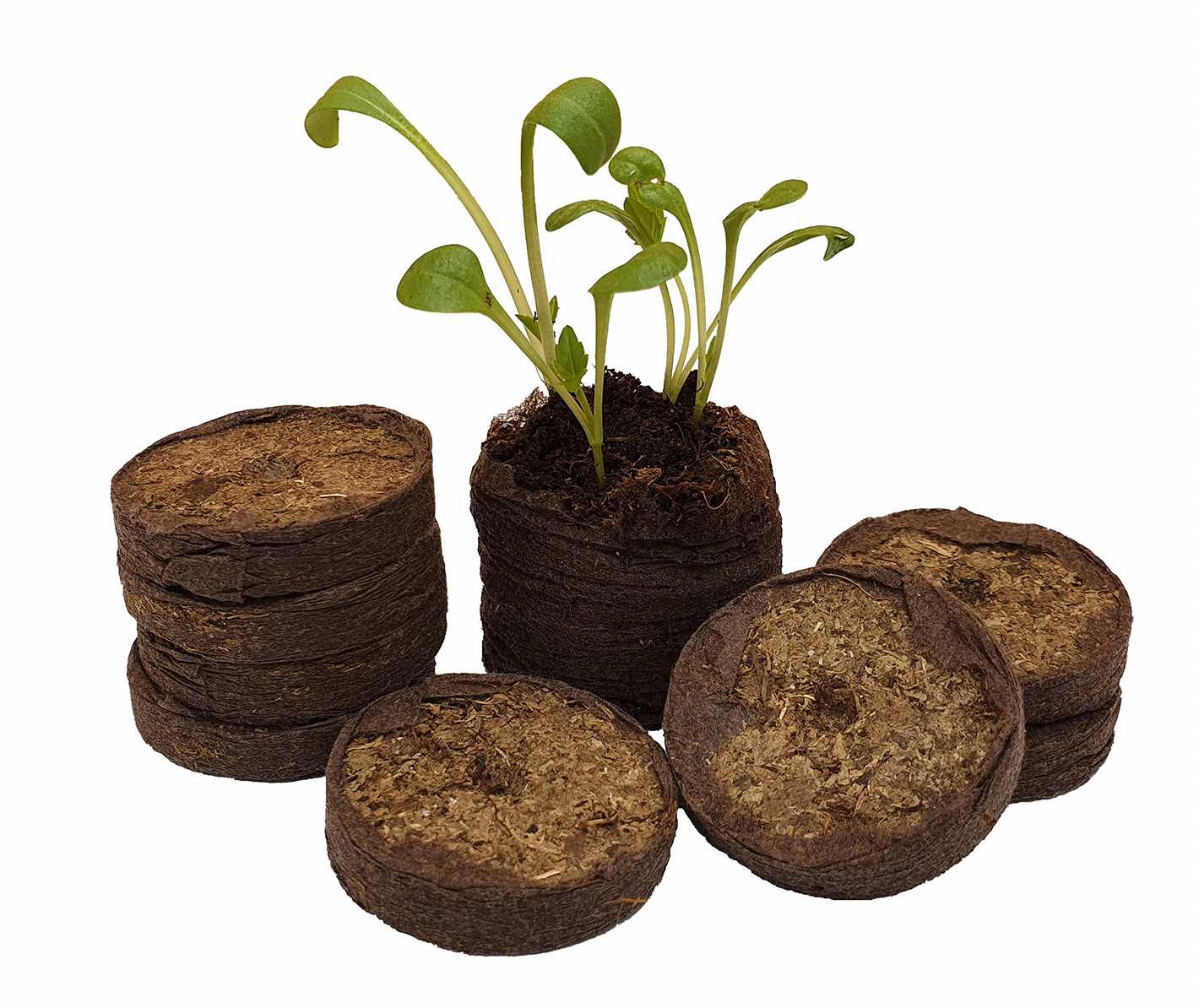
Before sowing lobelia seeds on the peat tablets, it is important to soak them in water. The peat tablets are compressed and dry, so soaking them will help expand and moisten the peat, providing a suitable environment for the seeds to germinate.
To soak the peat tablets, follow these steps:
- Fill a tray or container with room temperature water.
- Place the peat tablets in the tray, allowing them to fully immerse in the water.
- Leave the tablets to soak for about 10-15 minutes or until they have fully expanded and become soft.
- Gently remove the soaked peat tablets from the water and place them on a separate tray or surface to drain any excess water.
Make sure not to leave the peat tablets in water for too long, as this can lead to over-soaking and potentially cause the seeds to rot.
Soaking the peat tablets prior to sowing lobelia seeds helps create a favorable growing medium for the seeds. The expanded and moistened peat provides the necessary moisture and nutrients for the seeds to germinate and develop into healthy seedlings.
Sow the Lobelia Seeds
Once your peat tablets are prepared and ready, it’s time to sow the Lobelia seeds. Follow these steps to ensure successful germination:
- Prepare the seeds: If your Lobelia seeds are very small, mix them with some sand to help evenly distribute them.
- Moisten the peat tablets: Use a spray bottle or a small watering can with a fine rose to moisten the peat tablets. Avoid overwatering, as it can lead to mold or rot.
- Sow the seeds: Create small holes in the center of each peat tablet, about a quarter of an inch deep. Place one or two seeds into each hole and gently cover them with some peat moss or vermiculite.
- Label: Place labels with the name and date on each tray or container to keep track of the different varieties or planting dates.
- Mist: Lightly mist the peat tablets again to ensure good contact between the seeds and the growing medium.
- Keep moist: Place the trays or containers in a warm location, around 70°F (21°C). Keep the peat tablets moist but not soggy. You can cover the trays with a plastic dome or a plastic wrap to create a mini greenhouse effect.
- Provide light: Once the seeds have sprouted, remove any covering and place the trays or containers in a location with bright, indirect light. If you don’t have access to natural light, you can use a fluorescent grow light for about 12-16 hours a day.
- Thin out: When the seedlings have developed their second set of true leaves, gently thin them out if necessary, leaving only the strongest and healthiest plants in each cell or container.
Following these steps will help you sow and grow healthy Lobelia seedlings in peat tablets, ensuring a successful and beautiful display in your garden or containers.
Moisten the Peat Tablets
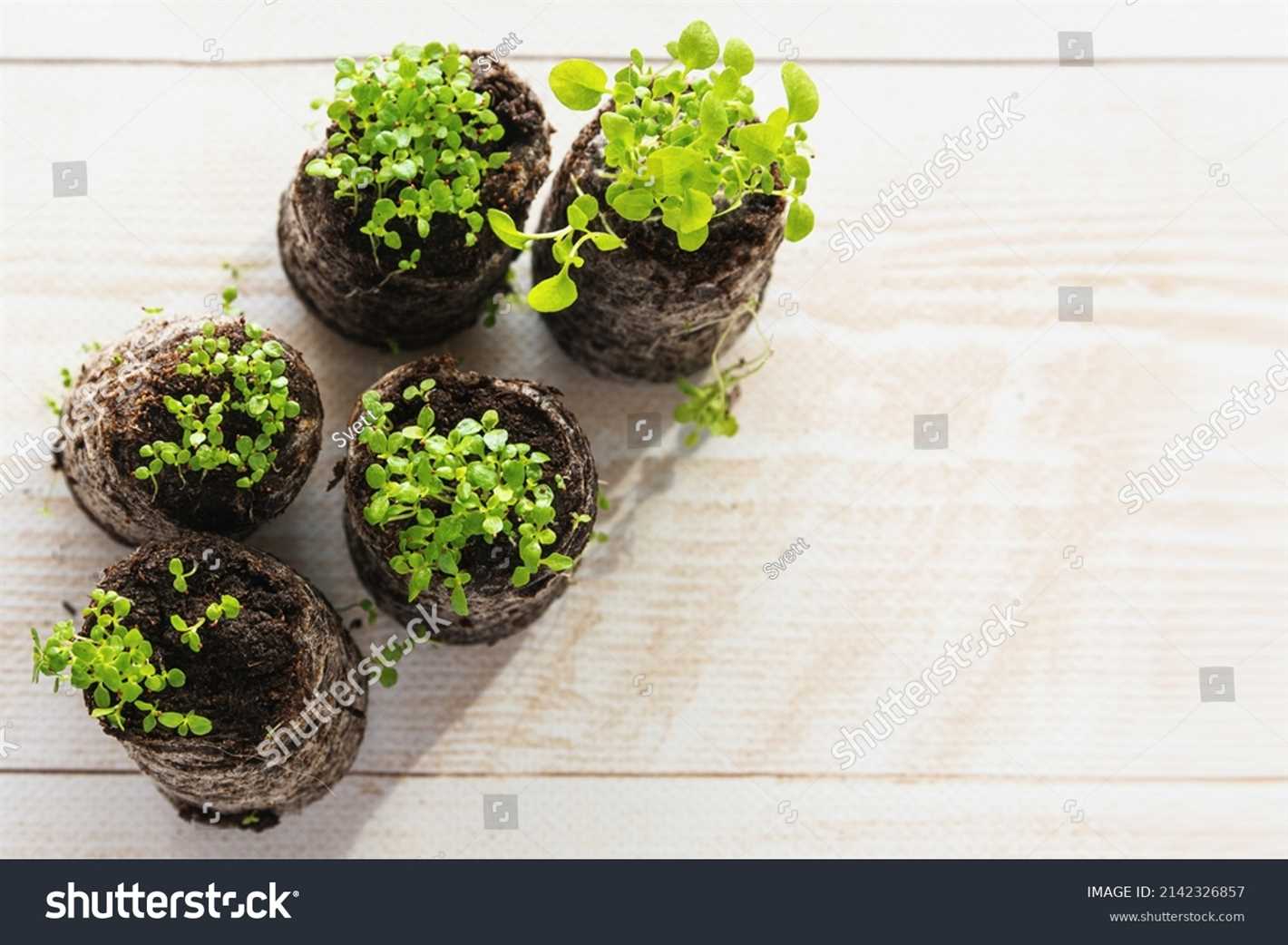
Before sowing the lobelia seeds, it is important to moisten the peat tablets. This will provide the necessary moisture for the seeds to germinate and establish healthy seedlings.
To moisten the peat tablets, follow these steps:
- Place the peat tablets in a tray or container that can hold water.
- Add warm water to the tray until the tablets are fully submerged.
- Allow the tablets to soak for about 10-15 minutes, or until they have absorbed the water and expanded in size.
- Once the tablets have expanded, gently press down on them to remove any excess water.
- It is important to avoid oversaturating the tablets, as this can lead to fungal growth and other issues.
After moistening the peat tablets, they are ready for sowing lobelia seeds. The moist environment provided by the peat tablets will help the seeds germinate and grow into healthy seedlings.
Provide Adequate Light
For lobelia seedlings to grow and develop properly, they need sufficient light. Place your peat tablet tray near a south-facing window or provide artificial light using fluorescent or LED grow lights. If using artificial light, position the lights about 6-12 inches above the seedlings.
Seedlings require approximately 12-16 hours of light per day. Make sure to adjust the height of the lights as the seedlings grow to maintain the recommended distance.
Keep in mind that excessive heat from direct sunlight or too close artificial light can damage the delicate seedlings. Monitor the temperature and adjust the light source accordingly to prevent overheating.
Monitor the Seedlings’ Growth
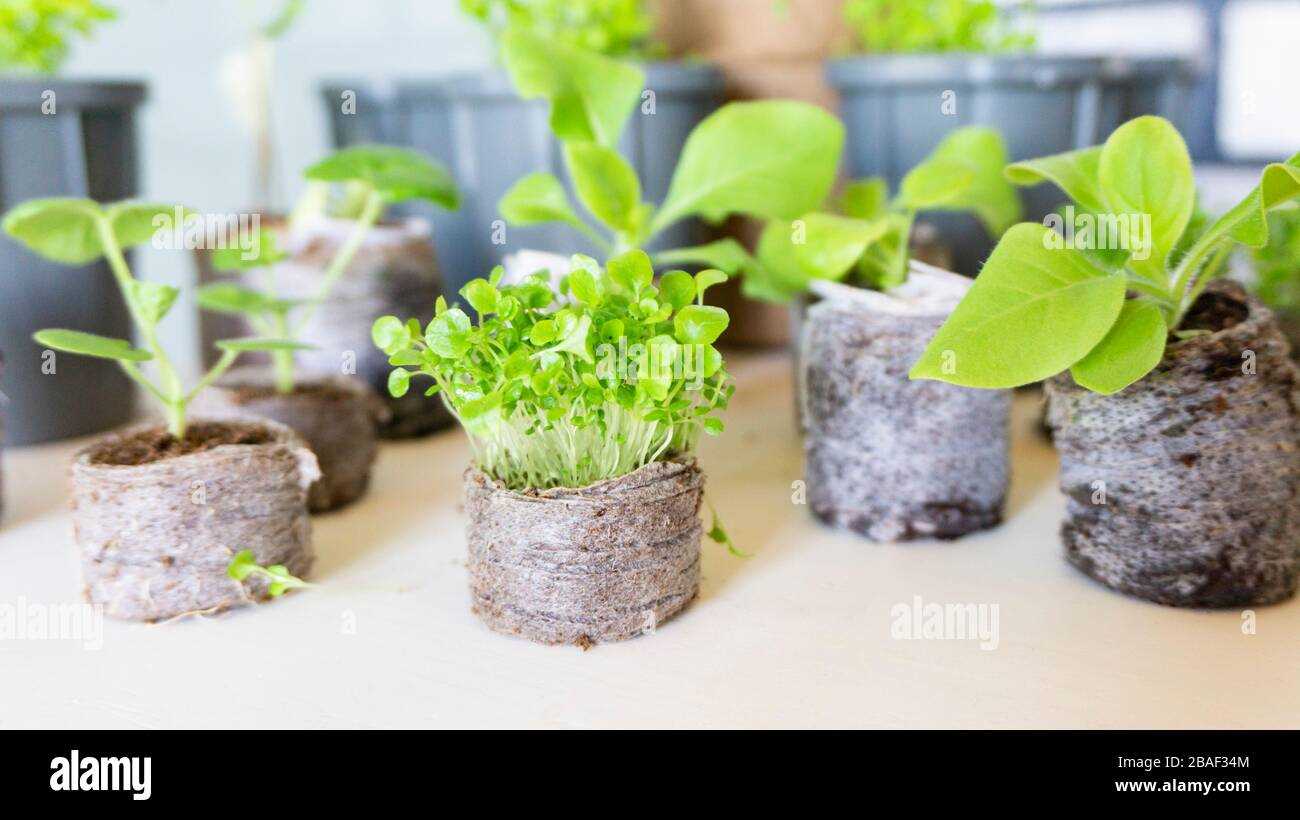
After sowing your lobelia seeds in peat tablets, it is important to monitor the growth of the seedlings to ensure they are developing properly. Here are some steps you can take to monitor their growth:
- Observe the seedlings regularly: Check on the seedlings every few days to observe their progress. Look for signs of growth, such as the emergence of leaves or an increase in height.
- Inspect the seedlings for any issues: While observing the seedlings, keep an eye out for any signs of problems such as yellowing leaves, stunted growth, or pests. Address any issues promptly to prevent further damage.
- Measure the growth: Use a ruler or measuring tape to track the height of the seedlings as they grow. This can help you determine their growth rate and compare it to the expected timeline.
- Record your observations: Keep a gardening journal or notebook to record your observations about the seedlings’ growth. This can be helpful for future reference or troubleshooting.
- Adjust care as needed: Based on your observations, adjust the care of the seedlings if necessary. This may include adjusting the amount of water or light they receive, or providing additional support such as stakes or trellises.
By monitoring the growth of your lobelia seedlings, you can ensure they are healthy and thriving. Remember to be patient, as seedlings may take some time to develop fully. With proper care and attention, you can grow beautiful lobelia plants from seeds.
Harden Off the Seedlings
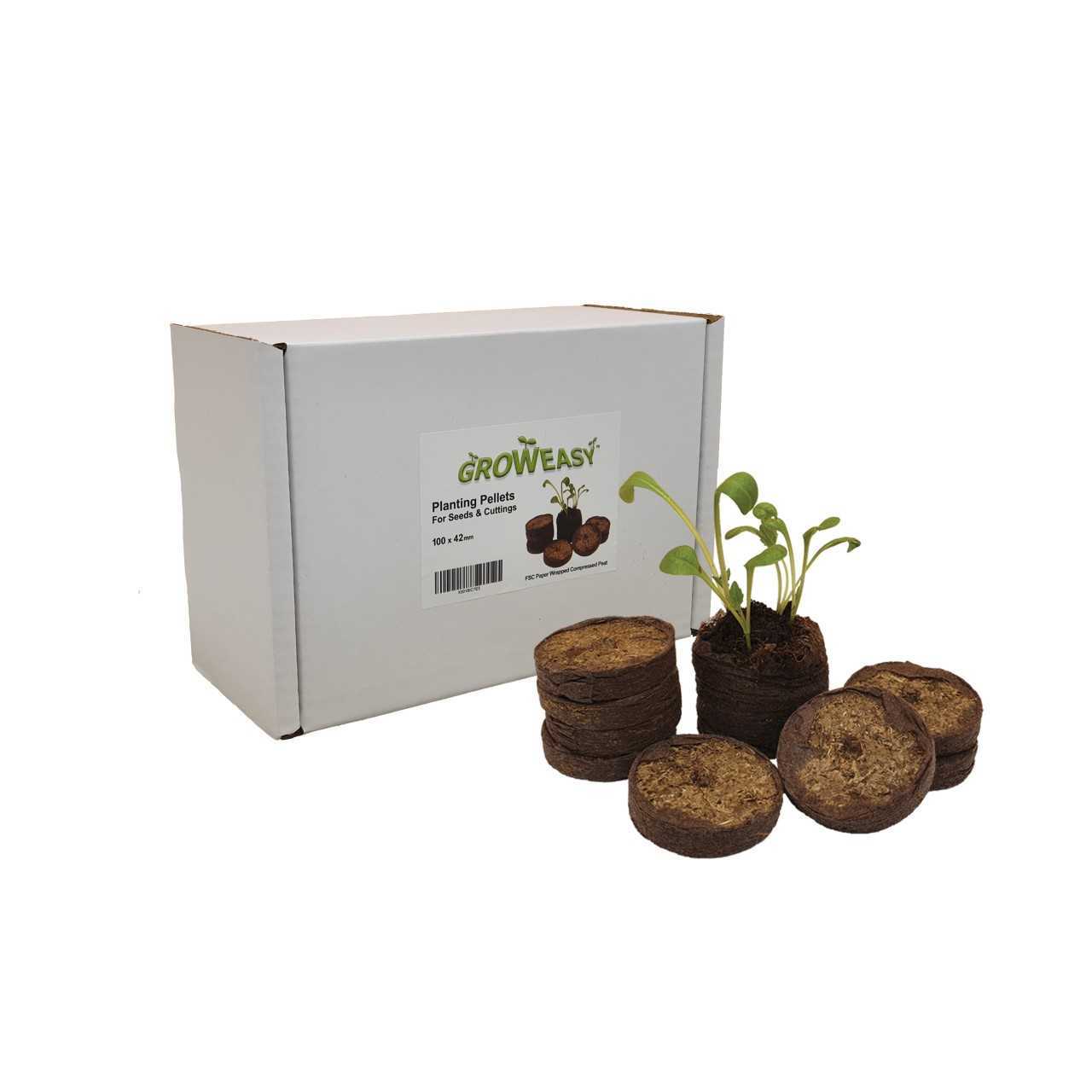
Before transplanting your lobelia seedlings into their final growing location, it is important to harden them off. Hardening off is the process of gradually introducing the seedlings to outdoor conditions, preparing them for the change in environment. This helps to prevent shock and stress, ensuring a successful transition.
Step 1: Timing
Start hardening off your lobelia seedlings about 7-10 days before planting them in their final location. Choose a time when there is no longer a risk of frost and when daytime temperatures are consistently above 50°F (10°C).
Step 2: Gradual Exposure
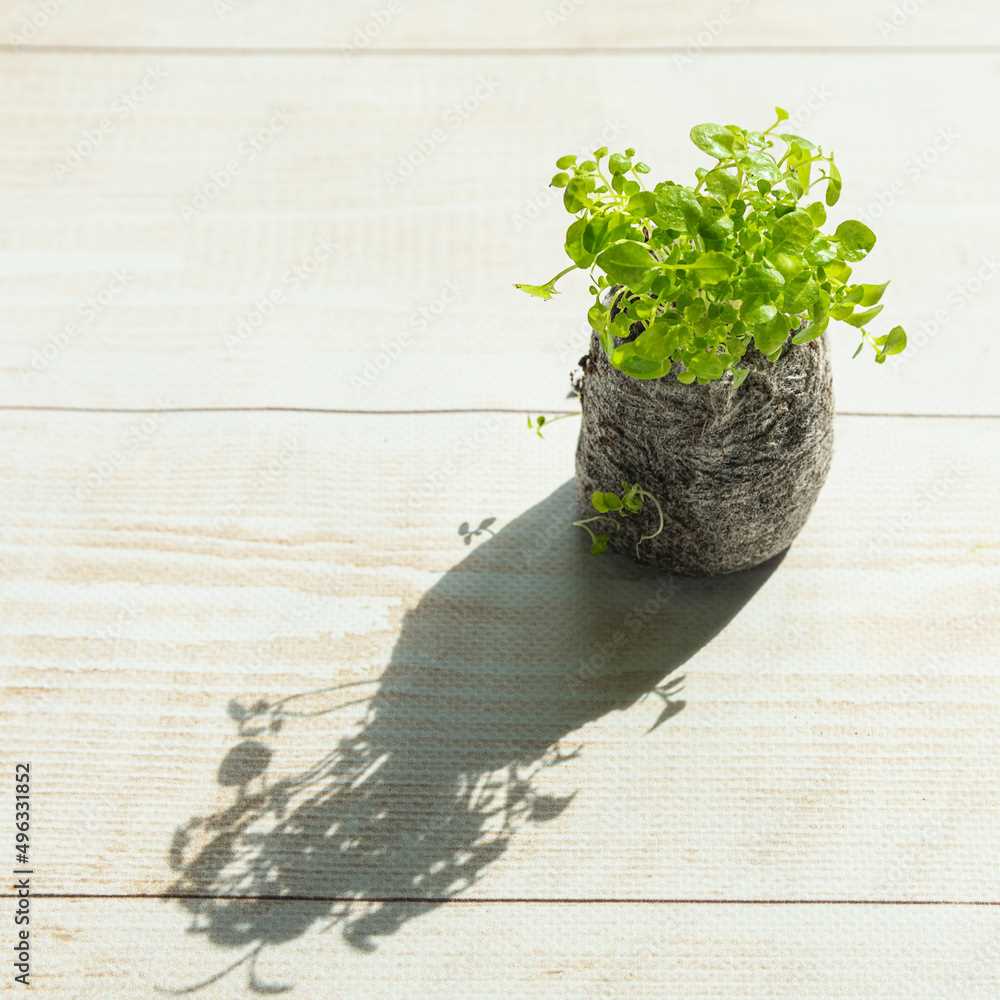
Begin by placing the seedlings outdoors in a sheltered location for a few hours each day. Choose a spot that receives partial shade and is protected from strong winds. Gradually increase the amount of time the seedlings spend outdoors each day, gradually exposing them to the sun and wind.
Step 3: Protect from Extreme Weather
If there is a sudden drop in temperature or extreme weather conditions, bring the seedlings indoors or cover them with a cloche or row cover. Protecting them from cold temperatures, strong winds, and heavy rain will prevent damage.
Step 4: Watering
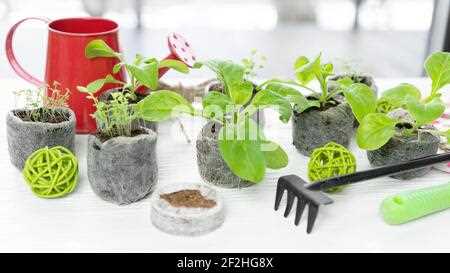
During the hardening off process, monitor the moisture levels of the soil in the peat tablets or containers. Water the seedlings as necessary, making sure not to let the soil dry out completely or become waterlogged.
Step 5: Gradual Transplanting
After 7-10 days of gradually exposing the seedlings to outdoor conditions, they should be ready for transplanting. Choose a location in your garden that receives partial shade to full sun and has well-draining soil.
Step 6: Transplanting Process
- Prepare the planting area by loosening the soil and removing any weeds or debris.
- Dig a hole slightly larger than the size of the peat tablet or container.
- Carefully remove the seedling from the tablet or container, taking care not to damage the roots.
- Place the seedling in the hole, making sure it is planted at the same depth as it was in the tablet or container.
- Backfill the hole with soil, firming it gently around the base of the seedling.
- Water the newly transplanted seedlings thoroughly.
- Monitor the seedlings for the next few weeks, making sure to water them regularly and protect them from extreme weather.
Following these steps will help ensure that your lobelia seedlings are successfully hardened off and ready for transplanting into their final location.
Transplant the Seedlings
Once the lobelia seedlings have grown to a height of about 2-3 inches and have developed a few sets of true leaves, it is time to transplant them into individual pots or containers.
Here is a step-by-step guide on how to transplant the seedlings:
- Prepare individual pots or containers with good drainage holes and fill them with a well-draining potting mix.
- Gently remove the seedlings from the peat tablets by pushing them up from the bottom or carefully pulling them out.
- Hold each seedling by the leaves, avoiding touching the delicate stem.
- Make a small hole in the potting mix with your finger or a pencil.
- Place the seedling in the hole, making sure the roots are spread out and not crowded.
- Gently press the potting mix around the seedling to secure it in place.
- Water the newly transplanted seedlings thoroughly, ensuring that the potting mix is evenly moist.
- Place the pots or containers in a location with bright, indirect sunlight.
- Continue to water the seedlings regularly, keeping the potting mix moist but not waterlogged.
- After a few weeks, when the seedlings have established a strong root system and are growing well, they can be transplanted into the garden or larger containers.
By following these steps and providing the necessary care, the lobelia seedlings will continue to grow and thrive, eventually producing beautiful flowers that will enhance your garden or containers.
Questions and Answers:
What are peat tablets?
Peat tablets, also known as peat pellets or jiffy pellets, are small compressed discs made of peat moss or coir. When soaked in water, they expand and provide a suitable medium for sowing seeds and growing seedlings.
How long does it take for Lobelia seeds to germinate in peat tablets?
The germination time for Lobelia seeds in peat tablets can vary, but it usually takes around 10-14 days. However, depending on the temperature and growing conditions, it may take longer or shorter for the seeds to germinate.
Can Lobelia seedlings be directly sown in the garden instead of using peat tablets?
Yes, Lobelia seedlings can be directly sown in the garden. However, using peat tablets can provide better control over the germination and early growth of the seedlings. It also helps protect the delicate seeds from pests and diseases.
Can I reuse peat tablets for sowing seeds in the future?
While it is possible to reuse peat tablets, it is not recommended. Reusing peat tablets can increase the risk of disease and pests. It is best to use fresh peat tablets for each new sowing to ensure the health and vigor of the seedlings.







